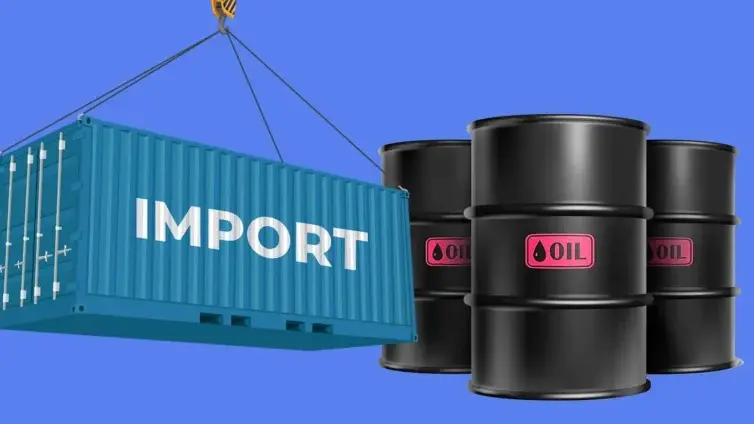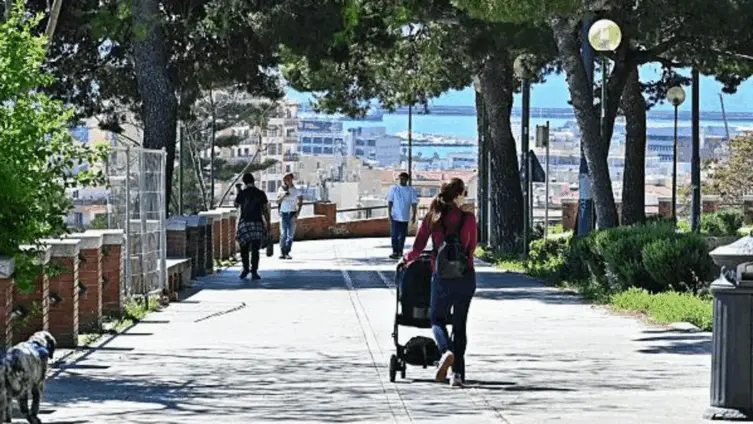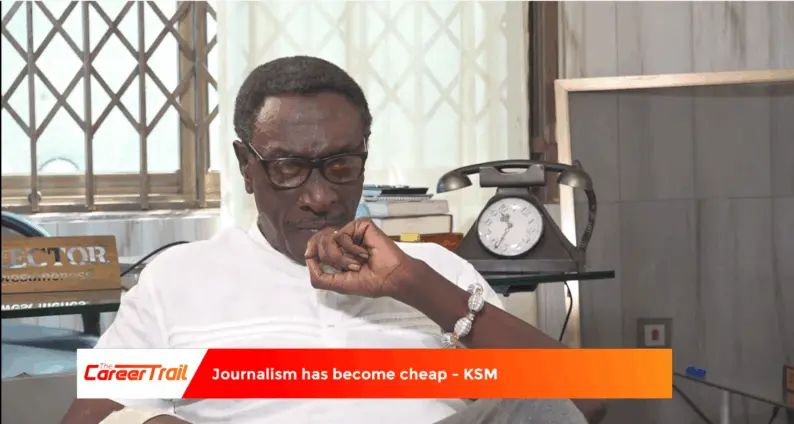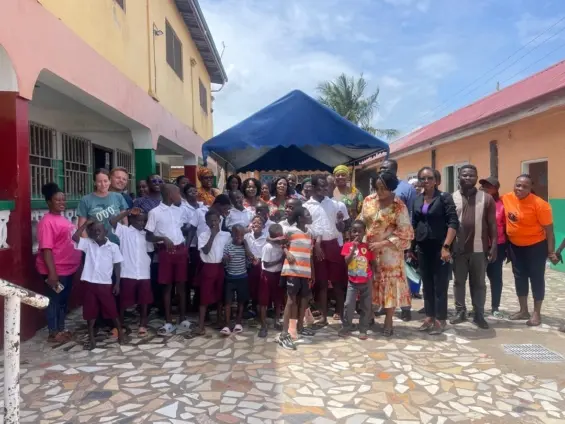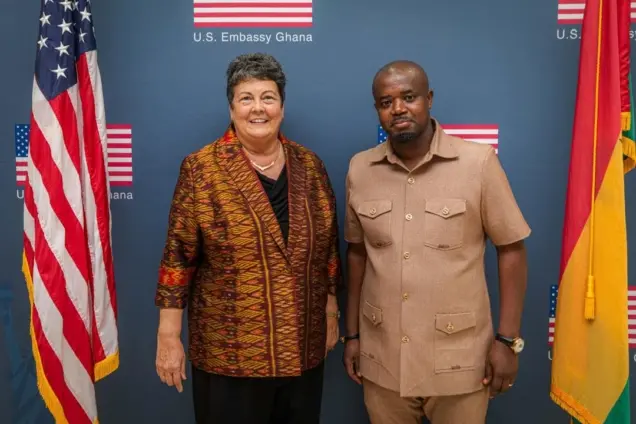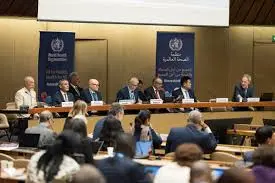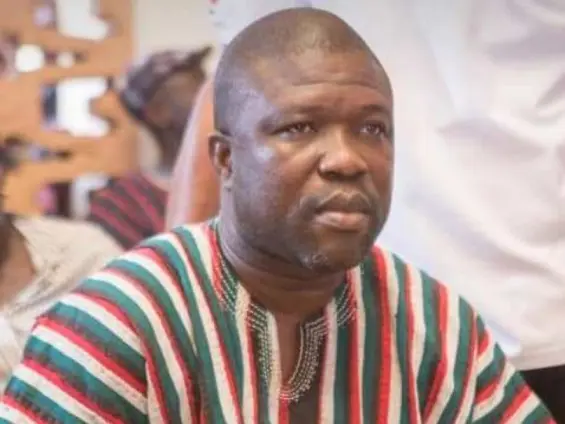The air crackled with tension in the Sumy region, a borderland already scarred by months of conflict. Last week, that tension turned deadly when a Russian missile slammed into a Ukrainian National Guard training exercise, instantly killing six soldiers and leaving more than ten wounded. The devastating strike, confirmed by Ukrainian authorities, serves as a grim reminder of the war’s relentless toll and the ever-present danger along the Russia-Ukraine border, and is raising questions about preparedness and strategy. The attack occurred amid claims from Russia’s defense ministry that its forces had targeted a training camp with an Iskander missile, further escalating the war of words and military actions between the two nations. The region of Sumy has been strategically important throughout the conflict.
The missile struck without warning. According to Ukraine’s National Guard, the soldiers were engaged in a routine training exercise at a firing range when the blast ripped through their ranks. In the immediate aftermath, chaos reigned as medics struggled to treat the wounded amidst the debris. The Russian defense ministry, meanwhile, released a video purporting to show the Iskander missile launch, accompanied by claims, amplified by the state news agency Tass, of far higher casualties – up to 70 deaths, a figure vehemently disputed by Ukrainian officials. An official investigation is underway, already resulting in the suspension of the commander in charge, to determine the circumstances that allowed the deadly strike to occur.
The Sumy strike has elicited strong reactions from both sides. Ukraine’s National Guard, while confirming the attack, emphasized that the unit had previously developed an “algorithm of actions” designed to mitigate the impact of such air strikes, raising questions about its effectiveness and implementation. Meanwhile, the Ukrainian military has asserted that its recent offensive actions in Russia’s neighboring Kursk region were aimed at creating a buffer zone to protect the Sumy region from further attacks. However, there have been complaints regarding the scale of military losses during this offensive. On the Russian side, the Kremlin reported that President Vladimir Putin visited officials in Kursk, marking his first visit since Ukrainian forces were pushed back from the area. State media showed Putin meeting with volunteers and the acting local governor, Alexander Khinshtein, as well as touring a nearby nuclear power plant.
The Sumy region’s strategic location has made it a frequent target in the ongoing conflict. It has come under repeated bombardment. According to Ukraine’s general staff, they have successfully thwarted Russia’s attempts to establish a “security zone” within the region. Ukrainian officials have also argued that their operation in the Kursk region had “strategic significance,” compelling Russia to divert its “most capable units” to defend the area, and there have been unverified claims that Russia has deployed thousands of North Korean soldiers in an attempt to regain control. As the war grinds on, Russia has continued its efforts to seize more territory in eastern Ukraine, even as Ukrainian forces report ongoing attacks in key areas such as Druzhba, Petrivka, and Toretsk. A Ukrainian soldier stationed near Pokrovsk told the BBC that Russian forces are also intensifying their push in that area, targeting a crucial supply line.
Despite ongoing low-level talks in Istanbul, hopes for an imminent ceasefire are dwindling. The Vatican has clarified that the possibility of hosting or mediating negotiations remains more of an aspiration than a concrete plan. Amidst this diplomatic uncertainty, various perspectives on potential negotiations have emerged. US Secretary of State Marco Rubio anticipates that Russia will present its “broad terms that would allow us to move towards a ceasefire,” while Ukrainian President Volodymyr Zelensky has expressed skepticism, stating that Russia is merely “trying to buy time in order to continue its war and occupation.”
The tragic loss of six Ukrainian soldiers in the Russian missile strike near Sumy underscores the brutal realities of the conflict and the fragile state of peace efforts. As both sides remain entrenched in their positions, the international community faces the challenge of navigating a complex and volatile situation that has far-reaching implications for regional and global security. The search for a lasting resolution remains a top priority, yet the path towards peace appears increasingly uncertain.
Image Source: MYJOYONLINE


